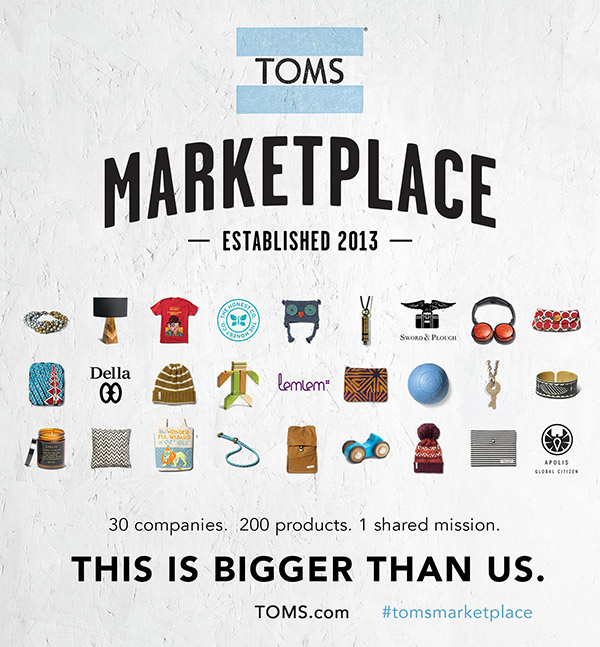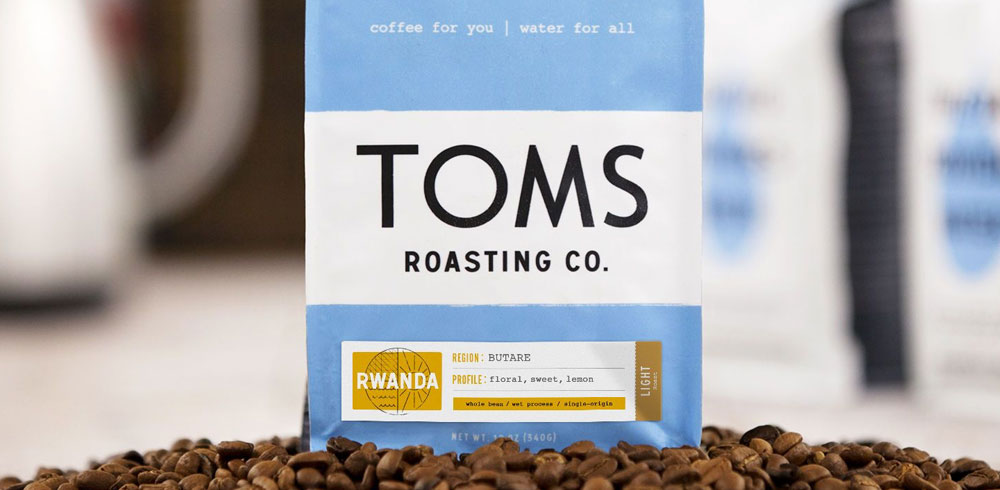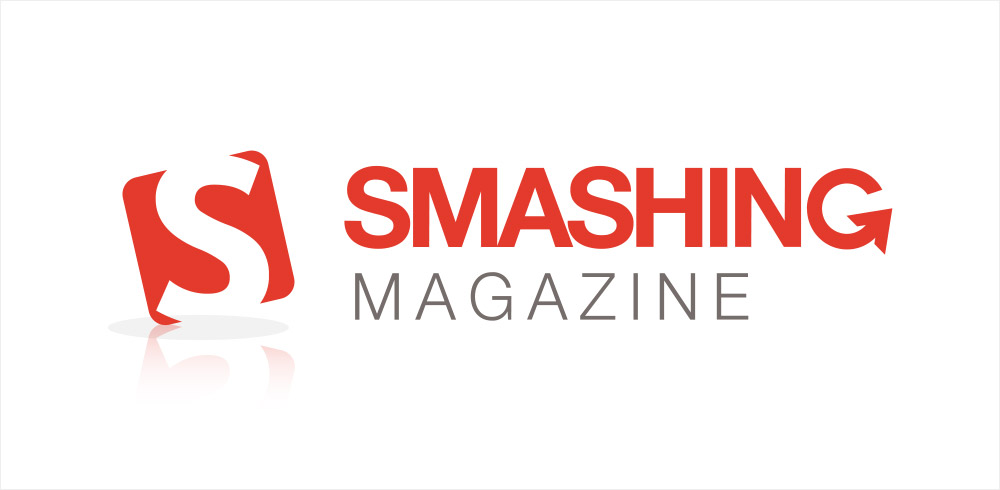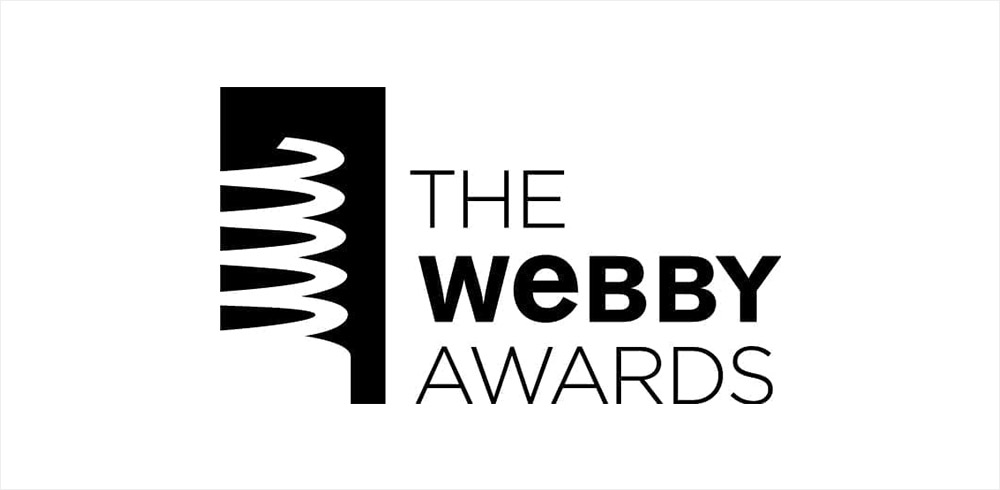
‘Buy One, Give One’ Spirit Imbues an Online Store
TOMS started in 2006 with what was then a novel idea: for every pair of shoes it sold, it would donate a pair to a child living in poverty. Along with donating more than 10 million pairs to date, the company spurred a trend of “buy one, give one” companies, with the eyeglass maker Warby Parker among the best known.
Now Toms is introducing an effort that helps other businesses with a social purpose, Toms Marketplace. The online store, which will be introduced Tuesday, will feature more than 200 products from about 30 companies and charities.
Yellow Leaf Hammocks, for example, employs members of vulnerable communities, like the Mlabri tribe in Thailand, to produce colorful hammocks, while Stone and Cloth produces backpacks and other products in Los Angeles, with a portion of revenue going toward scholarships for students in Tanzania, Africa.
While some of the companies have a one-for-one donation model like Toms, others take different altruistic approaches.
The basis for choosing companies to include in Toms Marketplace wasn’t “ ‘one for one’ as much as, ‘Does this company really have a mission of improving people’s lives baked into its business model?’ ” said Blake Mycoskie, the founder of Toms, using the shorthand term for donating one item for each item sold.
While consumers are accustomed to recommendations from online merchants based on algorithms, such as Amazon suggesting that a buyer of an Arcade Fire album might also like the National, the new online store will base suggestions on consumers’ concerns along with their tastes.
Visitors will be able to shop by what causes or part of the world they wish to support.
Introduced to coincide with the holiday shopping season, the online store will remain open afterward, selling items ranging in price from $12 (a blank notebook from Denik, with $1 going toward building schools) to $418 (a weekend bag from JADEtribe that is made by women in a Laotian village).
Rather than hosting other brands and taking a commission from sales, Toms has bought the inventory outright at wholesale, and is taking on the logistics of warehousing, shipping and most customer service.
“When I started Toms, people said, ‘What can I do?’ and I said, ‘Sell shoes,’ ” said Mr. Mycoskie, adding that his goal was to now help others sell their wares.
“I thought the best thing that I could give them is a marketplace and exposure to consumers interested in shopping with a larger purpose,” he said.
Lisa Tarver, co-founder of One World Futbol Project, maker of durable soccer balls that do not require inflation and are provided to poor communities through a buy-one-give-one model, said the new venture promises exposure for both the ball and the cause of encouraging sport and play.
“Toms is one of the pioneers in this area, and the marketplace is an opportunity for social entrepreneurs to reach a broader audience,” Ms. Tarver said.
According to an annual study by the Edelman public relations agency, when quality and price were equal, 53 percent of consumers ranked a brand’s activities on social causes as a deciding purchasing factor in 2012, up from …


